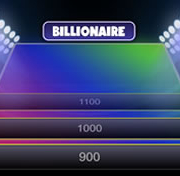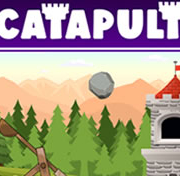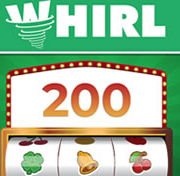Phases Of The Moon, Science Games
Learn more about the phases of the moon by playing this science game for kids.
What to See at the Different Phases Of the Moon
We'll be discussing the Waxing crescent as well as the Waking gibbous in this article. After you have mastered the first two phases, it is time to move onto the next. We will discuss the next two phases of moon in more detail later. Let's first get an overview of each one.
Waxing crescent
The orbit of the moon around Earth takes approximately 29.5 days. Each month, the moon experiences eight phases. Each phase can be seen as a thin crescent light on the left side. At its highest brightness, the full moon lasts approximately 29 days. Other phases include the new moon, and the waxing crescent. The Northern Hemisphere is the best place to see the Waxing Crescent.
The Waxing Crescent phase begins after the New Moon, and lasts until at least the First Quarter Moon. This phase will continue until the First Quarter Moon when half of its visible surface will be illuminated. Waxing Crescent Moon sets just before midnight each day. Because the crescent moon is reflecting most the Sun's sunlight back into space, this phase is easily visible. The light reflects off of the Earth and catches the dark areas of the crescent Moon, illuminating the entire orb.
Every lunar month, a Waxing Crescent Moon is observed. It will be visible between the New Moon, the Last Quarter Moon and 2022. It will initially appear bright and orange but it will slowly shrink. The Waxing Crescent Moon will recede over the next few months. If you are interested in seeing the moon during this phase of the moon, make sure to look up at the sky the next time that you look.
Waxing gibbous
Between the first quarter moon and full moon phases, the waxing gibbous phase of the moon is located. This is the most bright phase of the moon. It occurs when the moon appears fuller from Earth. The moon lies between 225 and 270 degrees ahead the sun. This phase is a good time to use spells that release or banish, because the moon will appear larger and brighter than normal. You need to understand what happens in these phases to distinguish between the phases.
You might feel the need to make big changes when the waxing gibbous lunar phases are present. Do not force changes. Instead, let the changes happen. This will make it feel more natural and sustainable. This is because the Moon will be in a natural phase of ebb-flow during this phase. It will take effort and work before you can relax. However, a little effort can make a big difference.
The gibbous phase of the waning gibbous is the final. This is a time to reflect on your life and make changes. Negative things can negatively impact your mind and behavior. This is a great time to reflect on your future plans. Negative habits can trap you in negative energy. Instead, focus your attention on the positive aspects of your life and change.
The waxing gibbous phase of the moon lasts seventeen to eighteen consecutive days. The Moon appears fuller during this period, with an illumination of ninety per cent. The Full Moon is full regardless of where you look. However, the Waxing gibbous Moon may appear to be at the bottom, left, or right of the sky. The terminator is the darkest part of the moon.
Understanding the phases of the moon is an essential aspect of astronomy, and it can be a fun and engaging topic to learn about. If you are looking for an interactive and educational way to teach kids about the phases of the moon, then the science game we will be discussing in this post might be just what you need. This game is designed to make learning about the moon's different phases a fun and enjoyable experience for children.
Playing this science game for kids can help them to better understand the complex concepts of lunar phases, such as the waxing and waning crescents, gibbous moons, and full moons. The game's interactive format allows children to actively engage with the material and experiment with different scenarios to see how the moon's appearance changes based on its position relative to the sun and Earth.
By playing this science game, children can also develop their problem-solving and critical thinking skills as they work to identify each phase of the moon correctly. Moreover, this game can be an excellent way to inspire kids to explore the wonders of astronomy and develop an interest in science from a young age.








